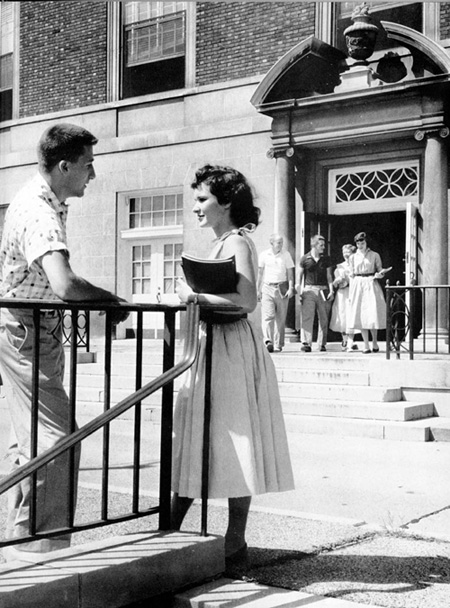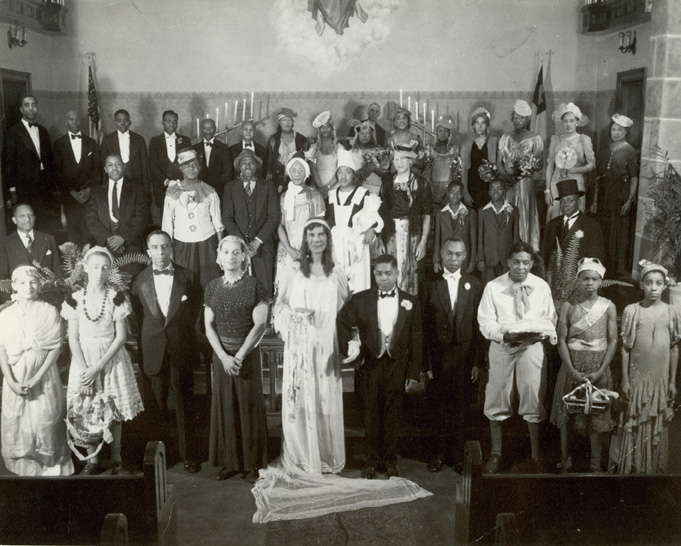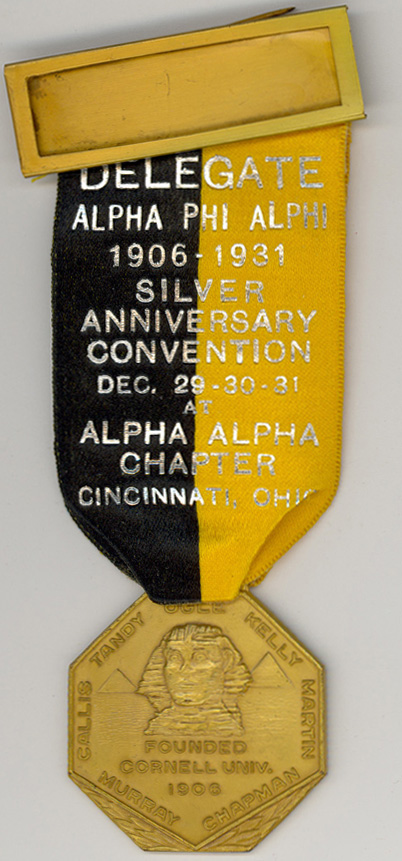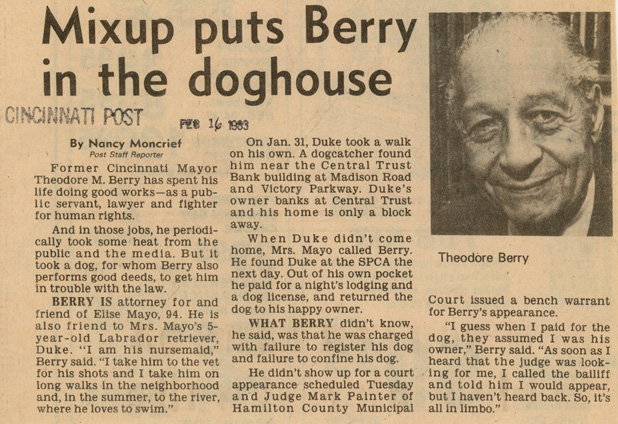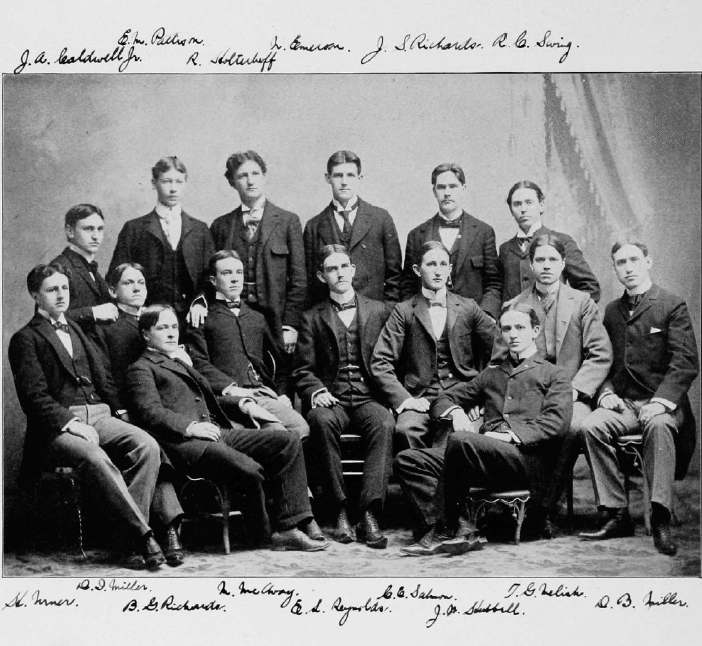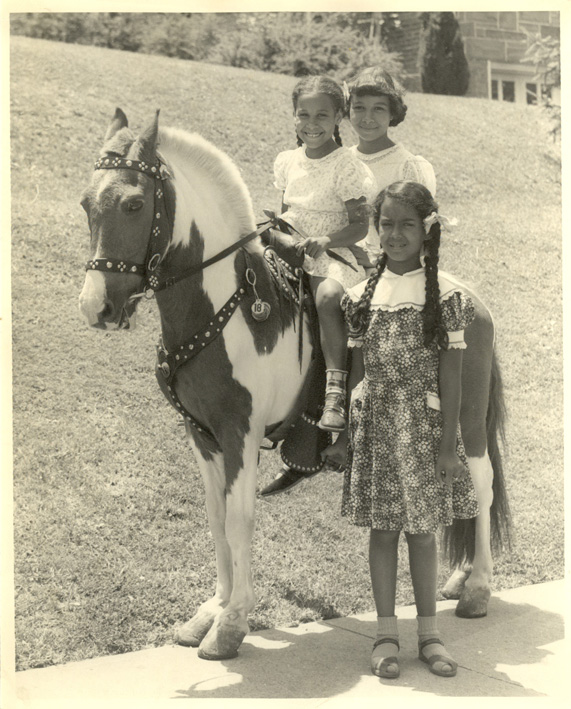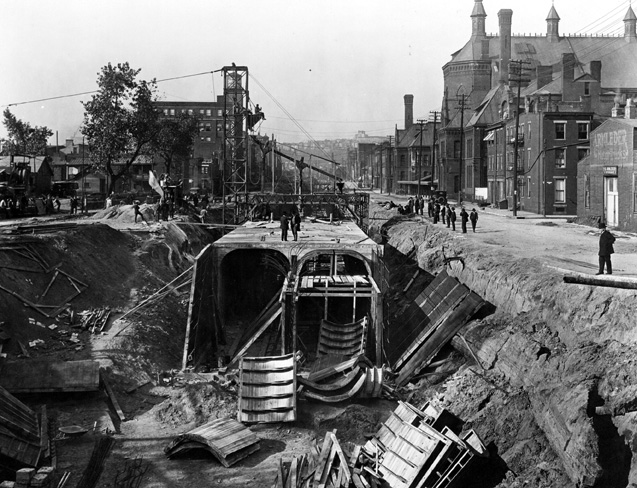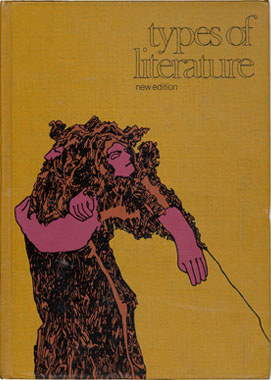By Laura Laugle
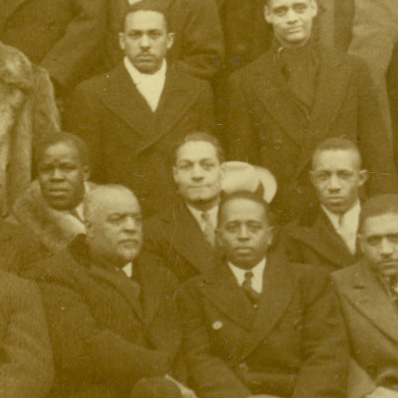
Close up of Theodore M. Berry with Alpha Brothers from the group photo below at the 26th Anniversary Convention in St. Louis, Missouri, 1933
The photos that I took to preservation a couple of weeks ago (see my blog post T. M. Berry Project: Alpha Phi Alpha) came back last week and are looking lovely! They really did a great job, especially with the photos featured in today’s blog which had been tightly rolled and were incredibly stiff and brittle. They are now nice and flat and beautiful. So here’s a big “thank you” to the preservation department in Langsam Library!
I know that the panoramic photographs below seem small on a computer screen; in fact it’s difficult for me to even make out faces, but in real life they are pretty large. The three original photos we have range from 27” to 36” in length and are well big enough to see each individual clearly which is especially important with these photos. Continue reading

